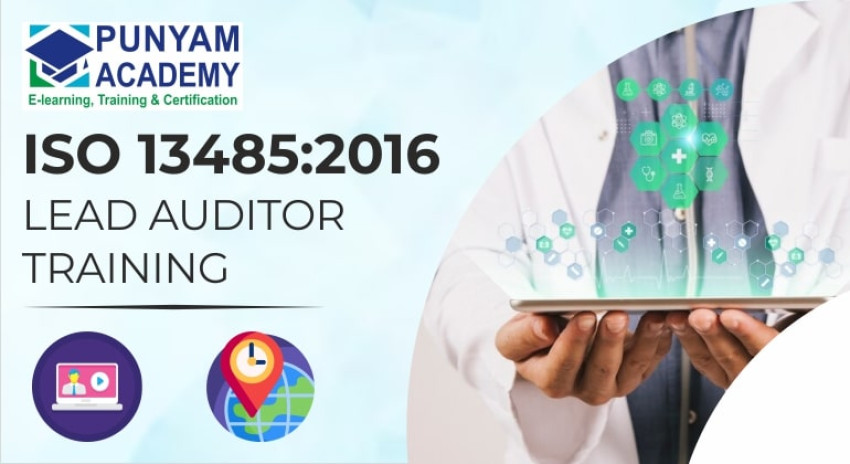
Inside the rapid-paced and exceedingly controlled medical device industry, keeping thorough quality control is fundamental to guaranteeing the security and adequacy of items. This article takes a closer see at the imperative part of ISO 13485 in building up and keeping up successful quality control forms inside the restorative device division. We'll dive into the key viewpoints of ISO 13485, its prerequisites, and how organizations, through activities like ISO 13485 lead auditor training, can maintain the most elevated guidelines of quality.
Quality control forms the backbone of the medical device industry, and ISO 13485 plays an important role in setting the benchmarks for quality management systems. This article explores the crucial connection between quality control and ISO 13485, emphasizing the significance of adherence to certification requirements.
Key Elements of ISO 13485:
ISO 13485, mainly tailored for medical device manufacturers, outlines a set of requirements that organizations must meet to achieve and maintain certification. Those requirements encompass various aspects, including management responsibility, resource management, product realization, measurement, analysis, and improvement. Understanding and implementing these elements are fundamental to establishing an effective quality control framework.
ISO 13485 Lead Auditor Training:
To navigate the complexities of ISO 13485 and ensure robust quality control, organizations often invest in ISO 13485 lead auditor training. This specialized preparing plans specialists with the capacity and data required to conduct audits, study compliance, and drive nonstop advancement. Online ISO 13485 lead auditor training programs offer flexibility, enabling professionals to enhance their expertise without compromising their daily responsibilities.
Ensuring Compliance:
ISO 13485 certification serves as a testimony to a company's commitment to quality control. By assembling the standard's necessities, organizations illustrate their devotion to creating secure and successful restorative gadgets. This commitment not only aligns with regulatory expectations but also instills confidence in customers, partners, and stakeholders.
Continuous Improvement Through ISO 13485:
ISO 13485 places a strong emphasis on the idea of continuous improvement. Organizations are encouraged to regularly evaluate and enhance their processes to adapt to changing industry dynamics and emerging risks. This proactive approach not only ensures ongoing compliance but also positions companies to stay ahead in an evolving marketplace.
Benefits of ISO 13485 for Quality Control:
Adhering to ISO 13485 requirements brings several tangible benefits to quality control processes. These include increased operational efficiency, enhanced traceability, better risk management, and improved customer satisfaction. The standard provides a framework for organizations to optimize their quality control practices and drive overall business success.
Conclusion:
In conclusion, ISO 13485 is a cornerstone for establishing effective quality control within the medical device industry. By scrutinizing and meeting the standard's requirements, organizations not only ensure compliance but also enhance their ability to deliver safe and high-quality products. Investing in ISO 13485 lead auditor training further empowers professionals to uphold and continuously improve the quality control processes, contributing to the overall success and reputation of the medical device enterprise. As the industry evolves, the close alignment with ISO 13485 will continue to be a strategic imperative for organizations committed to excellence in quality control.


